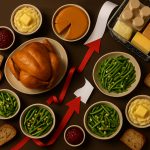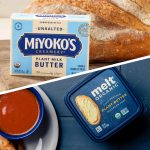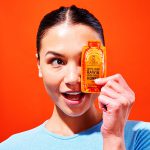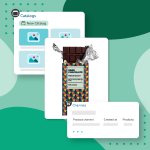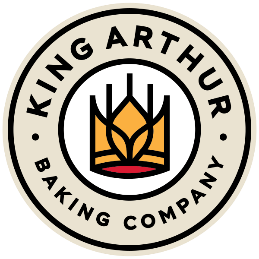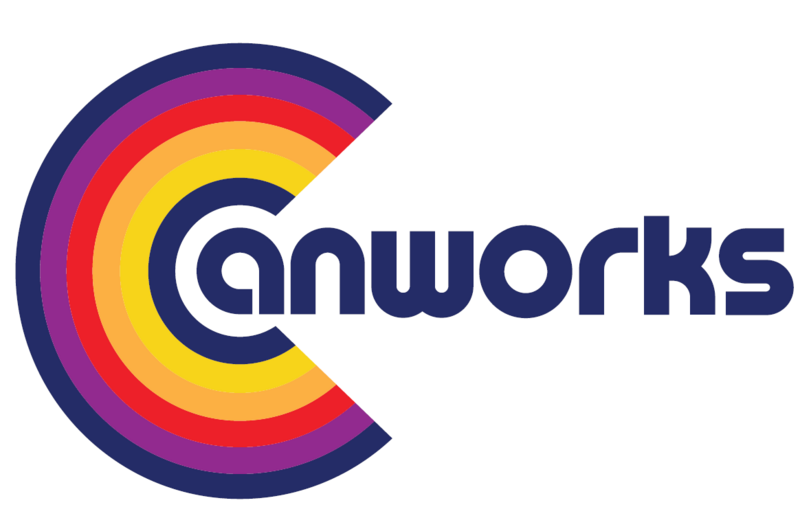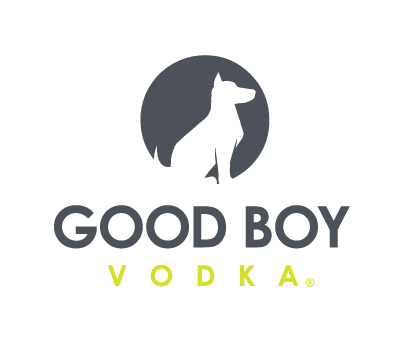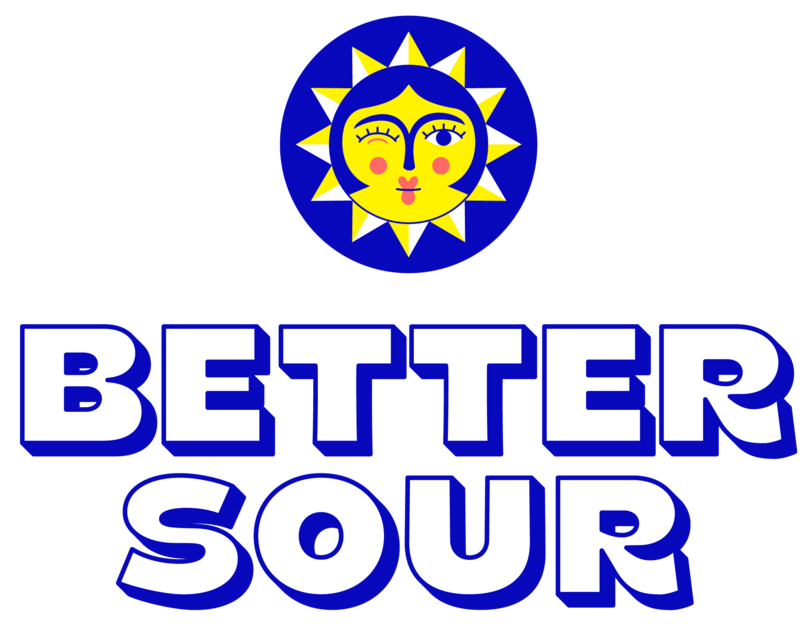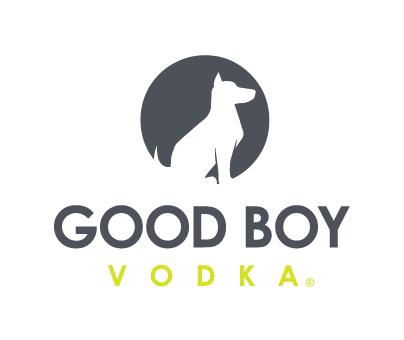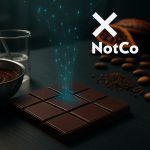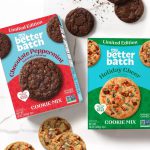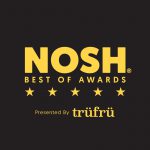Inside Amazon Saver’s Private Label Debut
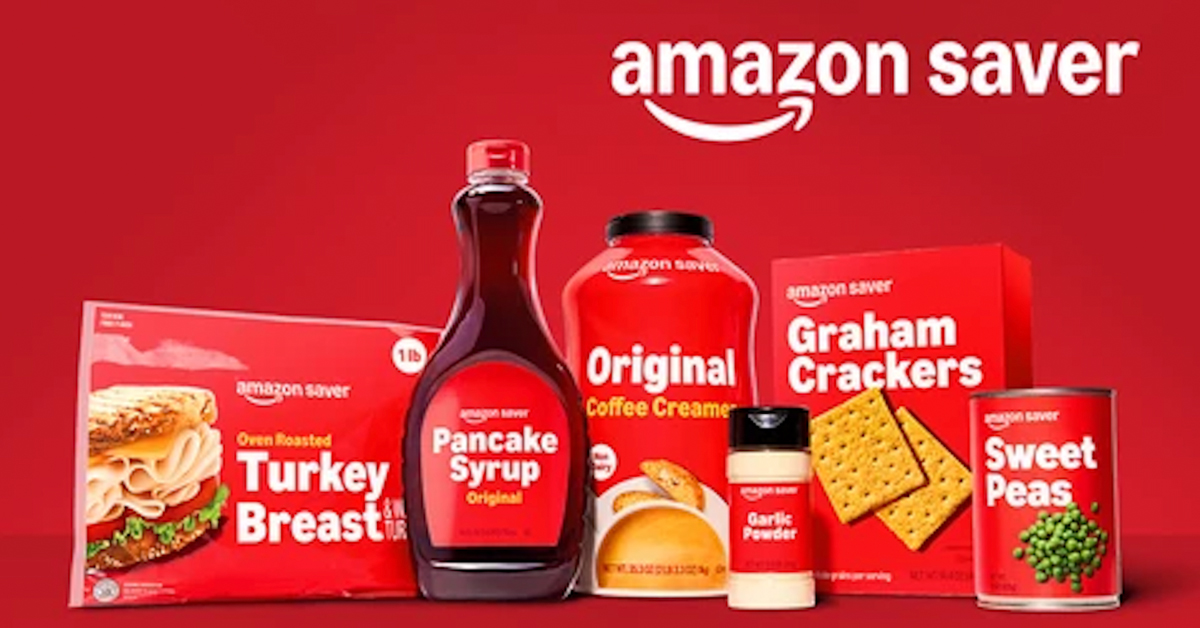
The grocery giants are coming for Costco’s Kirkland brand crown.
Today, Amazon announced the launch of a new brand, Amazon Saver, to bulk up its private label department; the value-focused grocery brand will be available both in Amazon Fresh stores and online.
According to Amazon, the majority of Saver products will be priced under $5; additionally, Prime members will receive an extra 10% off Amazon Saver purchases at checkout. The line is already available to shop on Amazon’s website and will eventually include upwards of 100 items, which will be added over time, per a press release.
Currently Amazon Saver includes a vast array of items such as duplex sandwich cookies, smoked ham, coffee creamer, graham crackers, seasoned salt and pancake syrup. However, some of the products may not be as new as the brand itself; a handful of Amazon Saver product listings, including French Vanilla coffee creamer and Old Fashioned Oats, highlight that the items were previously sold under Amazon’s Happy Belly brand.
Amazon also continues to sell grocery items under its Amazon Fresh private label grocery line. Alongside today’s announcement, the company also revamped its online storefront and released a slate of deals for Prime members including 10% off over 1,700 Amazon private-label brands, 25% off more than 1,200 grocery and household branded items and 50% off a rotating selection of top-selling grocery items.
“This launch is a continuation of the trends we’ve seen so far this year with expanded private brand offerings from larger players – Walmart with bettergoods and Target with Dealworthy,” John Clear, senior director in Alvarez & Marsal’s Consumer and Retail Group, told Nosh. “With private brand sales projected to outpace total grocery sales growth over the next five years, retailers are continually broadening their assortment to provide more options and improved value for customers.”
As Clear noted, Amazon Saver’s debut comes amid a private label hot streak, driven by consumer demands for affordable groceries during a period of high, inflation-driven pricing. One of the ecommerce giant’s closest grocery competitors, Walmart, introduced its bettergoods brand in April, which also aimed to capture consumers with premium but accessible food and beverage items all priced around or under the $5 range.
However, the bettergoods portfolio was more expansive than Amazon Saver at launch, with over 300 items ranging from Plant-based Mozzarella-style Shreds to Chicken Wings with Brown Sugar BBQ Dry Rub and a clean, premium brand identity compared to Amazon Saver’s monochromatic red label used across all product so far. Only a few weeks after bettergoods’ debut, CVS also made a major private label strategy shift, announcing the consolidation of its private offerings under the new Well Market brand; all products are priced between $2.99 and $8.99.
Building on that news, mass retailer Target announced in May that it would reduce prices on thousands of frequently purchased grocery products and expand its Good & Gather and Favorite Day brands with the addition of 125 new food items. Consumers are buying in as well with a May report from Mintel revealing 31% of U.S. adults said they purchased more store brands over the past two months than they have previously.
Additionally, a report released today by management consulting firm Alvarez & Marsal’s Consumer and Retail Group found that U.S. private label grocery spending currently accounts for 20% of the total market and is projected to increase to 24% by 2030.
The report, titled Accelerate Your Private Brand Journey To Win With Customers And Shareholders, found that the top four private brand retailers – Aldi, Costco, HEB and Trader Joe’s – saw 144% stock price growth over the past five years. Given consumers’ growing interest in private label products, and grocery retailers’ position to cater to emerging trends, Clear, who co-authored the report, believes it will be essential for CPGs to engage with private label-focused retailers.
“CPG providers also need to be agile and improve their ability to provide new and innovative products in private brands,” he said. “The major players in the market are continuously reviewing their assortments, reacting to or ahead of trends and fulfilling their customers’ needs. Consumers are looking for better value but continuing to spend – grocers and CPGs must meet them where they’re at, provide the products they want and maximize sales.”

